What Are Germs and How to Avoid Their Harmful Effects
Have you ever heard a mother say to her child, “Don’t touch that—it’s covered with germs!”? Well she was more right than she probably realized. According to the Mayo Clinic, “Germs live everywhere. You can find germs in the air, on food, in the soil, in the water, and on just about every other surface—including your own body.” Many of us believe that all germs are disease carriers, but most germs are harmless; in fact, only a small percentage actually cause disease.
Of course, if you don’t take certain precautions, you’re apt to suffer from the more harmful varieties of germs, which have given other germs their bad name. A proper understanding of germs can allay many of our fears, while helping us keep ourselves and others safe from the infections that some germs can cause.
What Are Germs?
Germs are microbes including bacteria, viruses, protozoa and fungi that have the potential to make us sick. Microbes are microscopic particles, meaning they are so small that they can only be seen with a microscope. Most microbes are not germs.
The germ theory of infectious diseases, validated in the 19th century, proposed that germs could be the cause of many types of disease. Among other scientists in the 19th century, Louis Pasteur demonstrated that germs grew by reproduction, causing disease by their multiplication. Since that time this theory has led to developments such as pasteurization, antiseptic methods in surgery, antibiotics, and the importance of good hygiene.
Types of Germs
Bacteria
Bacteria are tiny one-celled organisms that get nutrients from their environment. They can be nourished from many different sources, including people and other living beings. Bacteria are the most abundant organisms on the earth. In fact, there are billions of bacteria in a single teaspoonful of soil. Most bacteria are good; they can break down waste, return nutrients to the earth, and even make cheese out of milk. Most of today’s antibiotics originally came from bacteria.
While bacteria are typically what most people think of when they think of disease- harboring germs, less than 1 percent of bacteria cause disease.
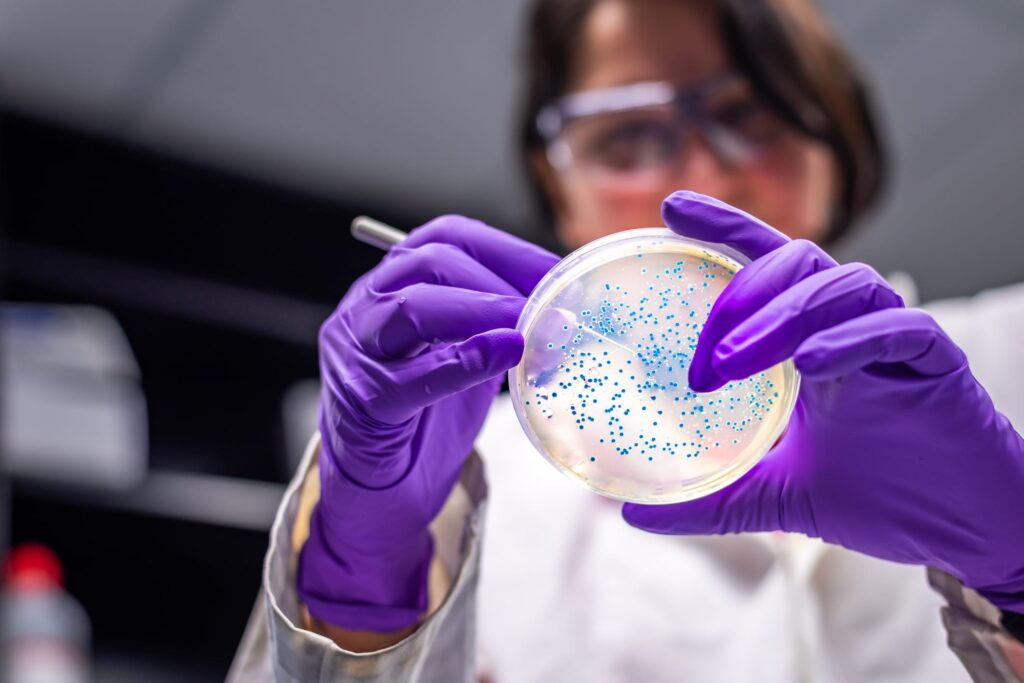

Most bacteria that live in your body are good, helping digestion, providing nutrients, and protecting you from other harmful organisms. However, when harmful bacteria invade the body, they reproduce quickly, and those that cause disease do so by creating toxins (poisons). Examples of infections caused by bacteria are strep throat and bladder infections.
Antibiotics are sometimes necessary to help our bodies rid themselves of certain kinds of bacteria. When taking antibiotics, however, Erlanger Health System Infection Control Coordinator Coretha Weaver explains that it’s important to take exactly what is prescribed. “Germs are pretty smart. They can mutate very quickly,” she says. “If you don’t follow a whole course of antibiotics, you may not kill it all off and the bacteria can mutate into a strain that becomes resistant to the antibiotic that you took. It puts you at risk for developing resistant bacteria.”
Viruses
Viruses are microscopic infective agents that typically consist of a nucleic acid molecule in a protein coat. They are much smaller than bacteria, because they are not actually cells. However unlike most bacteria, most viruses do cause disease. A viral infection begins when a virus invades the normal cells in your body. Once inside, it takes over and creates more viruses like itself. Diseases caused by viruses range from the common cold to AIDS.
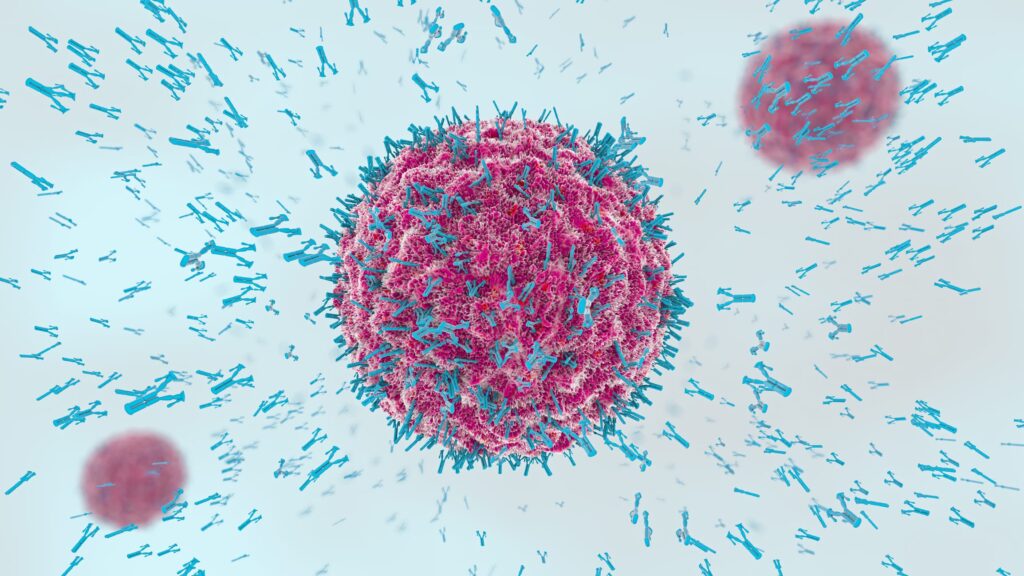


Fungi
Fungi are plant-like organisms that do not synthesize their own food, but feed off of other organisms. They can range from single-celled organisms such as yeast, to multicellular clusters such as molds, mildews or mushrooms. Fungal diseases can infect different parts of your body, including your nails, skin, body hair, some body organs and your nervous system. Some of the more well-known include athlete’s foot and yeast infections.
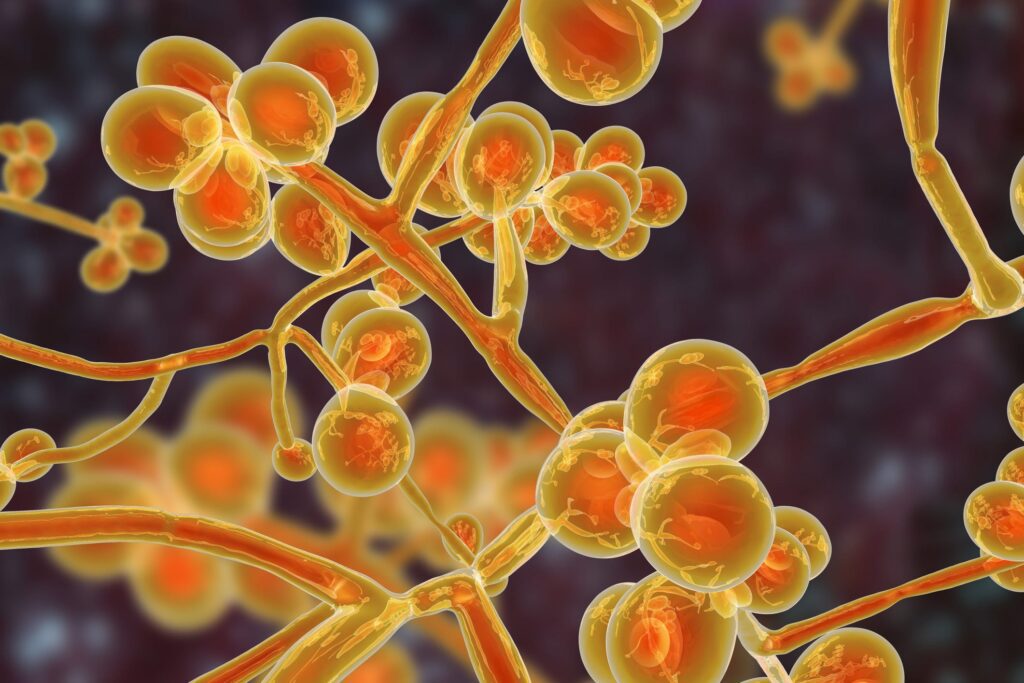


Protozoa
Protozoa are microscopic one-celled animals that must have a moist environment to survive. They act as parasites or predators, and while harmless protozoa can be found in the body’s intestinal tract, other protozoa can cause disease in humans. Serious infections caused by protozoa are often transmitted through contaminated water or insects such as mosquitoes. Malaria is an example of a disease caused by a protozoa parasite.
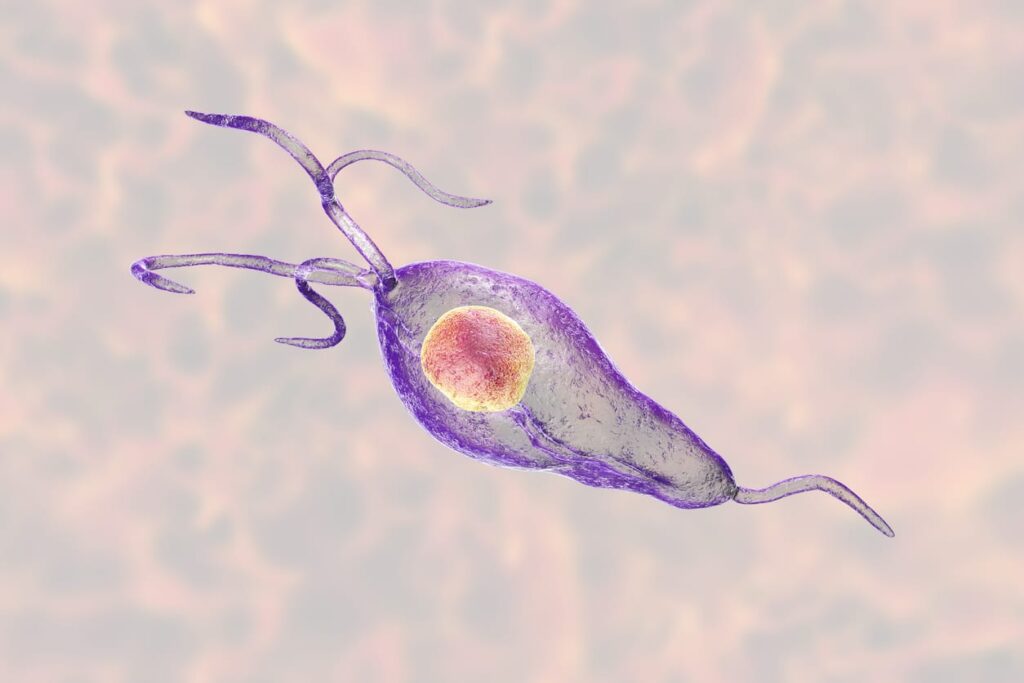


How Our Bodies Fight Infection
Our immune system is in charge of protecting our bodies from harmful germs. The National Institutes of Health (NIH) defines the immune system as a network of cells, tissues and organs that work together to defend the body against attacks by “foreign” invaders.
“We have a lot of things in our bodies that work to protect us,” Weaver explains. “Hair in your nose captures germs, and mucous contains enzymes that kill germs, preventing them from reaching vulnerable areas in the body. Saliva is even protective by killing off germs in the mouth. The acid in your stomach also kills off many bad bugs that get in there. The body’s system to fight off germs is an elaborate thing.”
On their surfaces, germs are surrounded by proteins called antigens which the body uses for recognition. When the body’s immune system detects a dangerous or “foreign” antigen, it knows to begin an attack to prevent the germ from causing disease.
The immune system’s first response is to create antibodies, which are proteins that have special receptors that allow them to bind to antigens. Antibodies “tag” germs for attack by other parts of the immune system, or neutralize targets directly by binding to a part of the cell necessary for causing infection. After an attack, antibodies stay in our blood, and in many cases, prevent us from being infected by the same foreign invader again.
How Harmful Germs are Spread
Germs spread in many different ways, often setting up the more harmful varieties, including those that do serious damage. Some of the most prevalent ways harmful germs spread are:
Air Travel: The most common ways that germs travel through the air are through coughing and sneezing. International travel, in particular, is notorious for exposing people to “foreign invaders” or germs not prevalent in their own community.
Close Contact: It may seem like common sense, but it couldn’t be truer: it’s important to avoid people who are sick. When you’re sick, keep your distance from others to protect them from getting sick, too. “Most disease transmission is from person to person,” Weaver says.
Touching Infectious Material: Body secretions such as nasal mucus or feces can spread infection by passing from one person to another through touch.
Household Pets: Most people don’t realize that there are a lot of germs that can pass from household pets to people. Rabies is one example, but there are many others. For example, pasteurella bacteria, found in the mouths of many animals, can be transmitted through bites that break the skin, resulting in infection.
Insects: Mosquitoes, fleas and ticks are common carriers of disease, transmitting germs from one person to another. Mosquitoes can carry germs such as West Nile virus and tick bites can cause Lyme disease.
Food and Water: Contaminated food is a frequent cause of the spread of germs. Bacteria can grow in food if it’s not properly handled or cooked. It can also infect water through animal or human feces which get into the water supply. People can be exposed to these bacteria not only by drinking water but through swimming or playing in infected water.
Tips for Stopping the Spread of Harmful Germs
According to Sherry Hillis, Director of Infection Prevention for Hamilton Health Care System, preventative measures are key when it comes to stopping harmful germs. “There is a chain of infection,” she says. “For a germ to be successful in creating an infection it has to get into the body. There are many ways to stop the chain.” Consider the following:
Hand Washing: According to Hillis, the single most important way to prevent the spread of infection is through good “hand hygiene.” You should wash your hands regularly, such as before preparing food or eating, after coughing or sneezing, and after using the bathroom or changing a diaper.
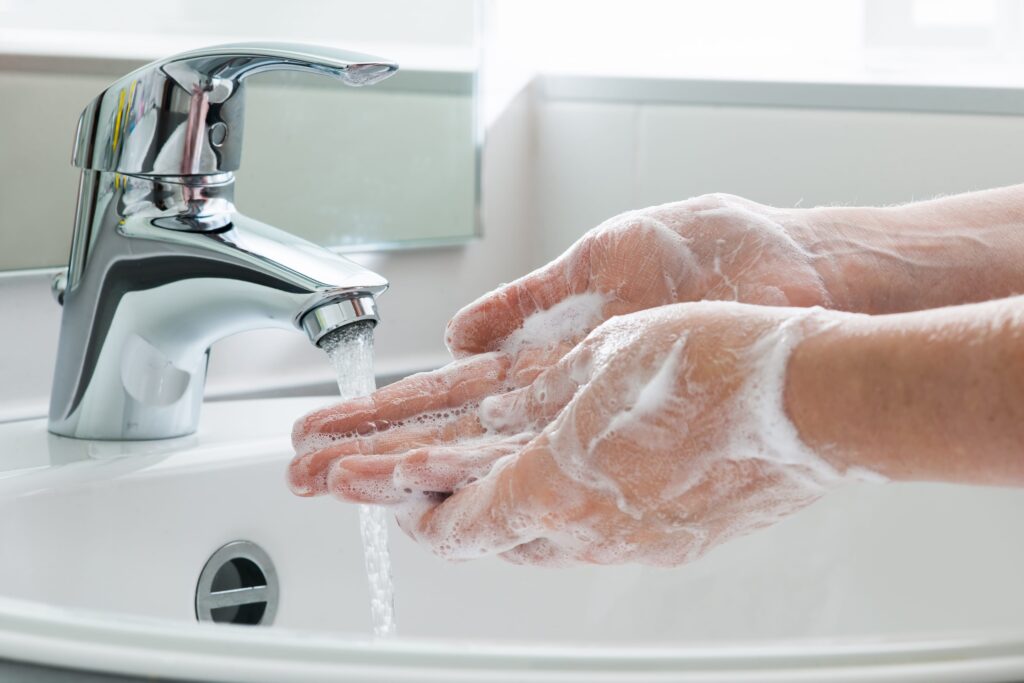


There is a proper way to wash your hands to keep from spreading harmful germs. Wet your hands, lather with soap, and scrub vigorously for 20 seconds (about the time it takes to sing “Happy Birthday” twice). Rinse and dry your hands thoroughly (not on your clothes). If you can’t wash your hands, use disinfectant hand gel or foam.
Handling Food With Care: Raw meats, poultry and seafood are common sources of bacteria. You can keep from cross-contaminating foods by keeping them and their juices separate from each other. Always wash your hands after handling raw meat, and thoroughly wash any surfaces it has touched. Cook food to proper temperatures and refrigerate food promptly after eating.
Vaccinations: Vaccinations are an important way for both young children and adults to protect themselves from diseaseharboring germs. Vaccinations work by exposing your body to harmless microbes that cause your body to create antibodies which fight off similar (but more serious) microbes that carry disease. Once your body has those antibodies, you will not get that disease.
Cleaning: Clean and disinfect surfaces, particularly in the kitchen and bathroom. This is especially important when someone in the family is sick. Use paper towels, disinfecting wipes or cloths that can be washed.
Medicine: Antibiotics can fight certain types of bacteria but are ineffective against other kinds of harmful germs such as viruses. There are some antiviral drugs that can ward off a few viruses (unfortunately not the common cold) or make the symptoms less severe. Antiparasitic drugs can help prevent diseases such as malaria.
Not Overdoing It
In recent years, the fight against germs has given rise to a modern phenomenon known as “germaphobia” (an unreasonable fear of germs). A greater awareness of what germs are and do has led some overly cautious mothers to arm themselves with antibacterial and cleaning products in the war against infection and disease. However there is some evidence that trying to create a sterile environment for your children may be hurting them more than helping them. Research has shown antibacterial agents can kill off weaker bacteria while stronger bacteria remain and become resistant to antibacterial agents.
Additionally, a new study in mice has given rise to the “hygiene hypothesis” which supports the idea that early exposure to germs helps develop the immune system. While the reason for this is still being explored, many scientists believe that when children are raised in a relatively sterile environment, they are more likely to develop diseases such as allergies and asthma. Regardless, many parents might be happy to learn that they can relax because exposure to germs in childhood is most likely good for your child.
Understanding what germs are and how they spread can help you relax, while giving you the tools you need for protection from disease. This knowledge can make for a happier and healthier life.
Becky Childers
Becky Childers, a freelance writer, has a Bachelor in Science degree from Wheaton College. As the daughter, sister, and sister in- law of doctors, she has continued to foster a lifelong interest in health and medicine.

